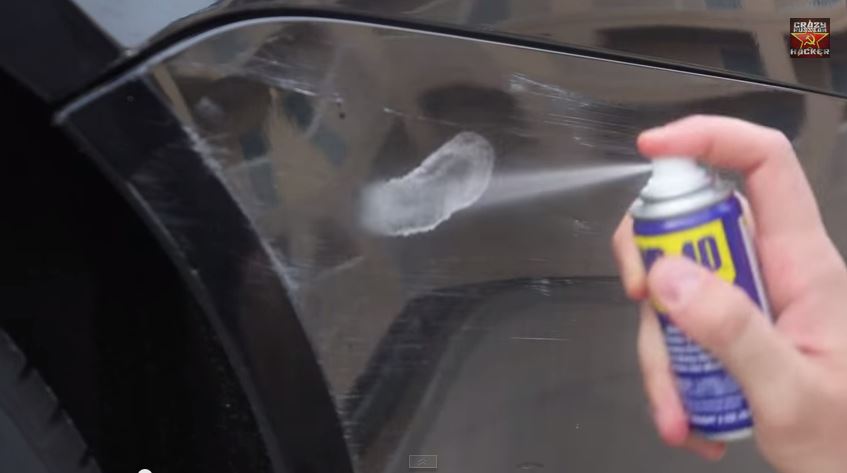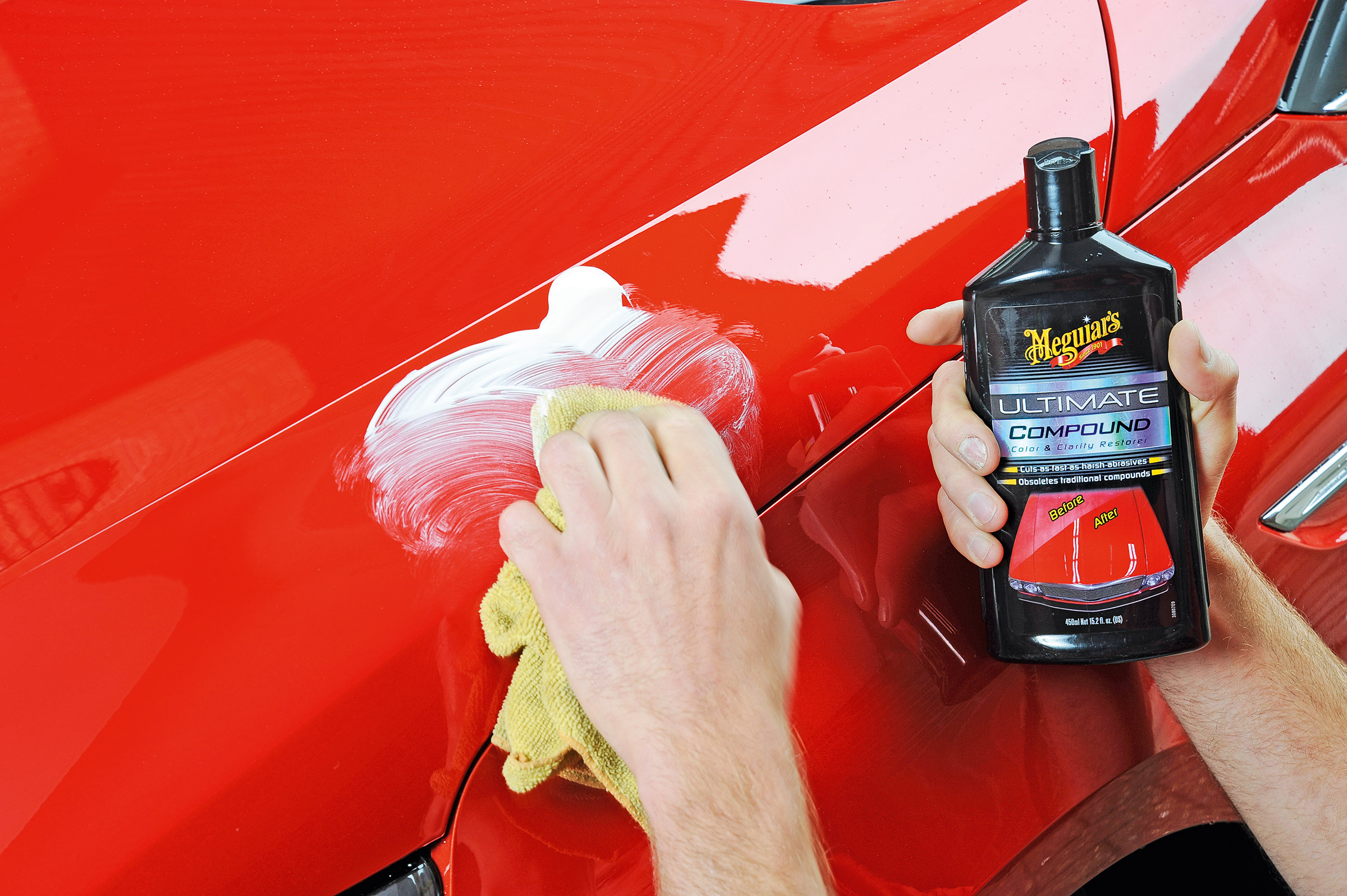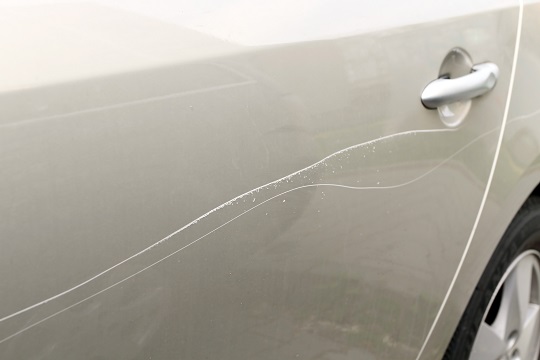


Just be sure to conduct some micro-polishing with a super soft buffing towel or machine polishing buffing wheel beforehand, as that will help clean up any surface blemishes along the damaged area.įollow this with a quick IPA decontamination wipe-down and a multi-purpose microfiber cloth to remove any dust, and then all you’ll need to do is hit those scratches with some of AvalonKing’s SiO2 Ceramic Boost Spray. Photo Credit: Micah Wrightįor mild scratches, a quick touch-up with a SiO2-heavy ceramic boost spray and a quality microfiber applicator pad or towel is more than likely going to cut the kimchi. 1.) Boost and Blemish Begone! AvalonKing’s SiO2 Boost Spray contains one of the highest silica contents out of any ceramic spray on the market. When it comes to removing or hiding scratches in ceramic coating, we have found that the following three solutions offer the best (and safest) results. But only if the scratch in question does not go deeper than the ceramic coating itself. While nano-ceramic coatings will not fill or hide scratches and swirl marks, they can make scratch repair a hell of a lot easier.

Minor blemishes such as these can often be remedied with a bit of polishing and some elbow grease.

Here are the top three proven fixes for ceramic coating scratches that we here at AvalonKing wholeheartedly endorse.ģ Safe Ways to Repair Scratches in Ceramic CoatingĪ prime example of what light car paint surface scratches look like. Luckily, if for whatever reason you do happen to mar that protective layer of nano-ceramic coating, or encounter some unsightly chemical etch marks, there are a handful of home remedies that can help. However, this does not mean that your nano-ceramic coating is 100% scratch-proof. The 9H scratch resistance rating awarded to products like Armor Shield IX means that they can handle the average run-in with overgrown shrubbery, rough snow removal brushes, and even the occasional lashing from an automated car wash. Like most people, you are probably not too keen on the thought of subjecting your freshly ceramic coated vehicle (and its pristine paint job) to a scratch resistance torture test, just to see what will mar the quartz-like ceramic shell atop it.ĭon’t worry. So you’ve just ceramic coated your car, and after allowing the coating to cure for a full 48 hours in the garage, it’s time to take it outside for the first time.īut as you sit admiring your ride’s glass-like lines and factory paint shining in the sun, you recall that your 9H-rated nano-ceramic not only offers hydrophobic protection against contaminants but scratch resistance as well.


 0 kommentar(er)
0 kommentar(er)
